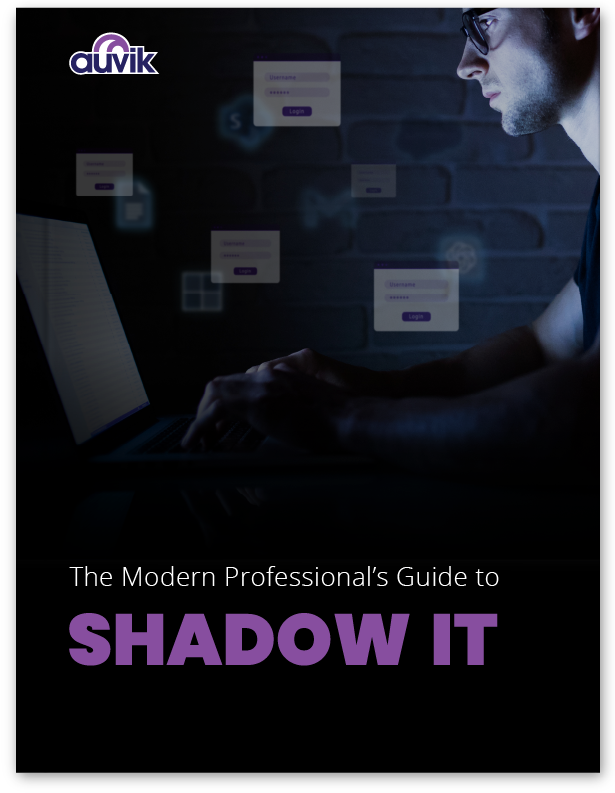Technical talent in the channel is 100% employed, says Gary Pica, MSP coach and CEO of TruMethods.
Since strong techs could secure work anywhere, it’s hard to hire and keep them. Worse, it’s not just MSPs scooping up the best talent.
“The higher the skill set you need, the more competitive it is,” says Pica. “You’re trying to compete with a lot of big companies, and the average size of an MSP is small. Here in Philadelphia, Comcast is headquartered. They’re a vacuum cleaner for talent. And the higher you go in the stack of people you need, the harder it is to attract and retain those people.”
Another issue that Rex Frank, president of Sea-Level Operations, notes is that the current state of the economy has a negative effect on employees confidence in their hireability.
Even if engineers are unhappy in their current role, he says they might stay in a bad job out of fear that if they change jobs, they might not be able to get another one.
“There’s a lot of fear keeping good people in bad jobs,” Frank says. “And because IT unemployment has been so low, it’s only the bottom of the barrel that’s left out there.”
So how do you recruit tech talent in a highly competitive space where demand for high performers vastly outweighs supply?
Offer talent the chance to grow
 To attract high-performing techs to your MSP, you need to offer more than a slight pay increase, says Todd Billiar, director of channel sales at IT By Design and former director at VAR Staffing.
To attract high-performing techs to your MSP, you need to offer more than a slight pay increase, says Todd Billiar, director of channel sales at IT By Design and former director at VAR Staffing.
“What we’re seeing really attract talent today are the learning opportunities, training opportunities, and career development plans. Showing a path forward. A couple thousand dollars a year more to do the same job isn’t a highly motivating factor.”
One key mistake to avoid when offering the chance to learn, says Pica, is vague roles. When an employee isn’t certain of their defined responsibilities and they touch multiple areas of the business, it’s hard for them know what success looks like.
“One of the ways we’ve solved this problem is we’ve set up very defined roles. They either just do support, or they just do technology alignment, or they’re just a vCIO. Because of that, we can train them faster.”
Frank says another major mistake to avoid is hiring someone with a corporate IT background that prefers to be immersed in a single environment, and would therefore dislike working with several clients at once.
“We have to find the ones that crave a different dynamic environment to support every day. If we hire the guy that wants the same system every day, they’re not going to fit.”
To avoid this, Frank says that during interviews he’ll go out of his way to make sure someone coming from corporate IT decides that an MSP role is a job they want. “Do you want to work in different environments all the time? Is that something that’s exciting to you?”
Reset your expectations as a hiring manager
 With so few candidates on the market, IT By Design president Kam Attwal-Kaila recommends hiring candidates who can fulfill most, but not necessarily all, of the job description. “Take 70% of what you’re looking for and train up the rest of the way. You’re never going to find someone that’s 100% who’s willing to move jobs.
With so few candidates on the market, IT By Design president Kam Attwal-Kaila recommends hiring candidates who can fulfill most, but not necessarily all, of the job description. “Take 70% of what you’re looking for and train up the rest of the way. You’re never going to find someone that’s 100% who’s willing to move jobs.
Billiar agrees, and says knowledge gaps can actually drive a candidate to commit. “That 30% you’re looking for that they don’t have makes the position and the opportunity attractive to the candidate because they want to expand their skill set and their technical expertise.”
After all, it’s impossible to have an entire team of A-players, says Pica. “All those A players don’t want to work for us—we can’t create enough opportunity. You want a team of B players who get A results who are a great cultural fit. They have aptitude and you put them in a very defined role so they can achieve success quickly, and you get more consistent results.”
Be a brand ambassador
 Attwal-Kaila says attracting great talent is just as competitive today as attracting customers. “In today’s world of social media, companies need to be wooing the right candidates. We have to make sure we’re giving an accurate image of our organization online, showing how we value our employees, and the culture we’re creating.”
Attwal-Kaila says attracting great talent is just as competitive today as attracting customers. “In today’s world of social media, companies need to be wooing the right candidates. We have to make sure we’re giving an accurate image of our organization online, showing how we value our employees, and the culture we’re creating.”
Using social media is also a great way to build an internal referral network, Attwal-Kaila says. “Build your image so not only existing employees, but also their referral network and any prospective employees see what the organization is like.”
The best way to do this on social media, she says, is to “make sure you’ve clearly outlined what your organization does and how each individual team member contributes to the greater good of the organization. Because nowadays people want to be a part of something bigger.”
And, notes Attwal-Kaila, the best person for the vacant role probably isn’t looking for a new opportunity. So to find the best fit, “targeting them using a paid LinkedIn account is very important. Have a company page that’s consistently updated on a weekly basis. We’ve found that’s most successful for us.”
Billiar says this is because LinkedIn users, even if they’re not searching for a new role, are open to being contacted. “LinkedIn did a survey of 10,000 active members. They sent a very simple question: If approached with a new opportunity that aligns with your experience and skills, would you be interested in exploring it.? Over 80% responded yes.”
Build a farm team of candidates
 Keeping in touch on LinkedIn is also a good way to maintain a database of candidates, says Pica. “If you have an open technical role and you’re starting from scratch, it’s really tough right now. When you meet a good candidate but it’s not the right fit or right time, keep in contact with them. Once a quarter have coffee with them, see what’s going on. I call it keeping a virtual bench.”
Keeping in touch on LinkedIn is also a good way to maintain a database of candidates, says Pica. “If you have an open technical role and you’re starting from scratch, it’s really tough right now. When you meet a good candidate but it’s not the right fit or right time, keep in contact with them. Once a quarter have coffee with them, see what’s going on. I call it keeping a virtual bench.”
As well, says Frank, it’s helpful to build your internal bench. That way, when you need a senior engineer, you can promote a more junior tech who’s been with the company for a while and knows the systems and processes.
“You find out early if they fit your culture or not,” says Frank. “Then you can grow them into your future senior engineers. It’s a three- to five-year cycle. If you need a senior engineer now you should have hired him three to five years ago.”
Growing people internally is also a good way to mitigate the risk of hiring a senior employee who doesn’t work out. “Bringing in one person turns into a $50,000 mistake really fast. But when you bring them in as junior engineers, each is a potential $10,000 mistake. So you can make that mistake five times and equal the impact of one mistake,” he says.
Don’t fret, though, if this isn’t a strategy you’re currently using. Frank says there’s a simple solution: “If you’re in that spot where you need a Level 3 engineer and you don’t have anybody on your farm team, that’s when you turn to the staffing agencies. Employees that aren’t actively looking but would take a new job opportunity that came along? The staffing companies have those guys in their Rolodex.”






Leave a Reply